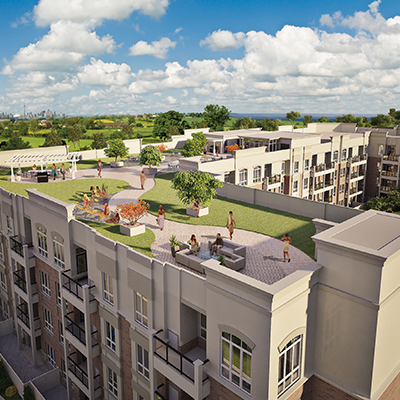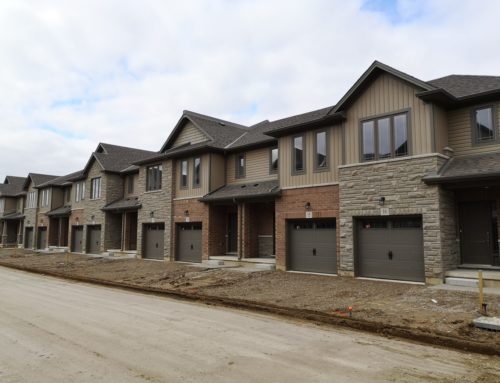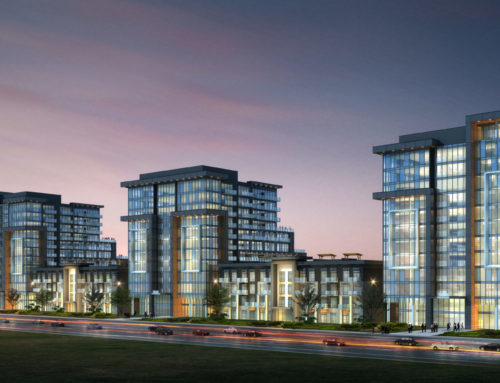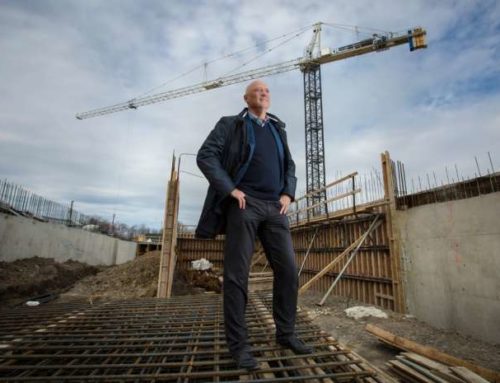It is no secret that most of today’s new homebuyers are buying in the suburbs. While there are certainly benefits that come along with suburban living, there are viable alternatives for those who are attracted to a more diverse and cultured lifestyle. Across the continent, a wide variety of housing is being offered in response to the emerging market demand for those wishing to move back to the city.
For decades now, various major metropolitan centers and their municipalities have opted to promote and encourage smart growth and urban intensification initiatives, in hopes of creating places where people want to live, work, and play. Unfortunately, many of today’s prospective buyers are either unaware or sadly misguided as to what smart growth or intensification truly is.
Smart growth is defined as the process of creating new high-density developments in already established communities, pushing development upwards, rather than spreading them outwards. This intensification helps communities to focus public spending on the revitalization and improvement of urban areas that have already been developed to ensure that they remain vibrant, safe, and attractive places to live. Residents in these communities enjoy a healthy mixture of homes, retail, businesses, recreational opportunities, and a variety of transportation choices, ultimately providing an eclectic and engaging lifestyle that can’t be found anywhere else outside of urban areas.
Quite often these projects are developed on abandoned, idled or underused industrial and commercial properties that still require upkeep and thus end up draining the city of valuable funds that could be used elsewhere. Vacant properties and abandoned buildings are usually neighbourhood eyesores and present their communities with complex challenges. They are often subject to crimes such as vandalism and arson, eventually resulting in reduced property values for the surrounding neighbourhood.
Urban infill developments aim to make responsible and efficient use of these spaces by taking full advantage of the surrounding existing infrastructure, saving the city and taxpayers an incredible amount of resources and costs. Furthermore, these new developments inject much needed vitality and activity into the communities they partner with. Once the new residents move in, they immediately inject vast amounts of property tax revenue. They also spend money in these communities, creating surges in retailing, office development, community activities and events, and sometimes the creation of parks and recreational areas. This is how smart growth works to transform a community’s burdens into assets, which is why it is no surprise that cities today are so eager to push forward these initiatives.
It is essential that potential homebuyers take a serious look at urban living as a viable alternative. Today, more than ever, cities and their residents are starting to realize that by valuing our existing resources and reusing them, we promote and support the fundamental notion that growth can occur in a manner that is economically, environmentally and socially smart.
